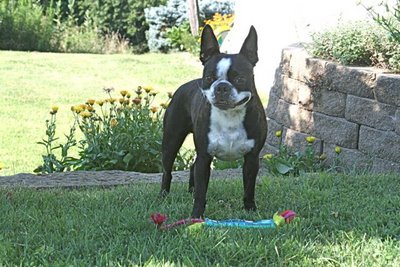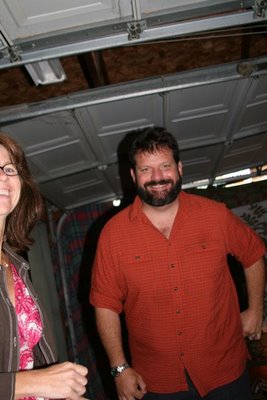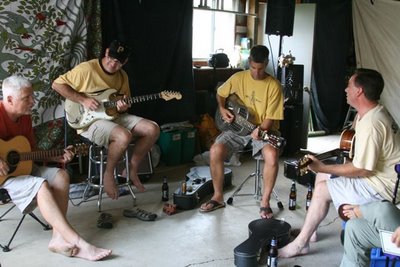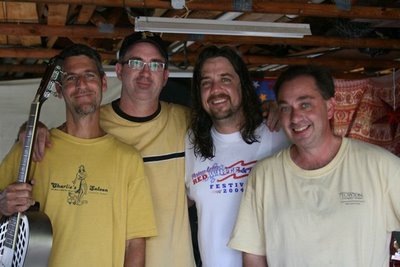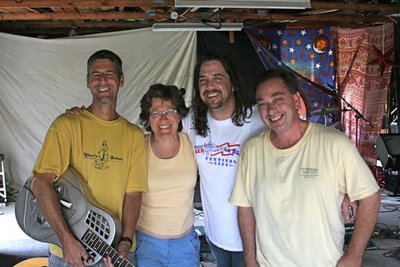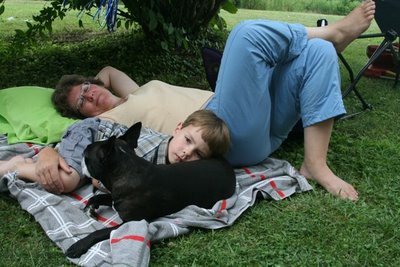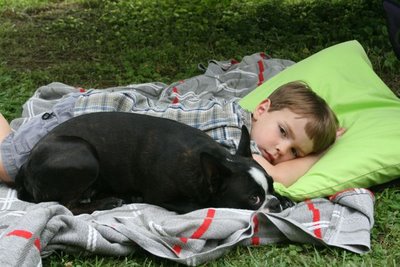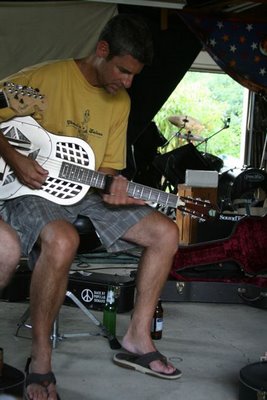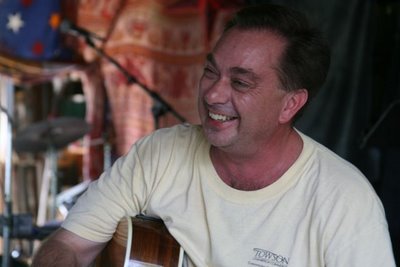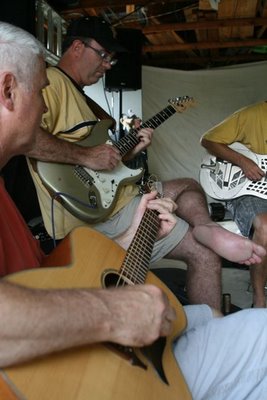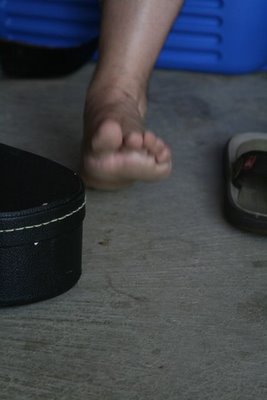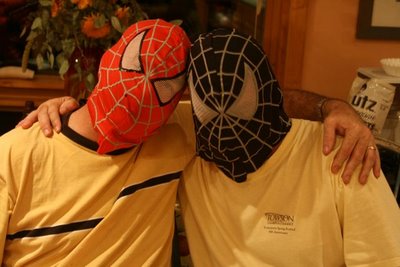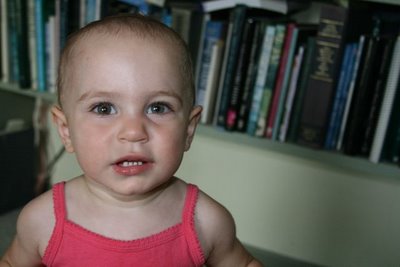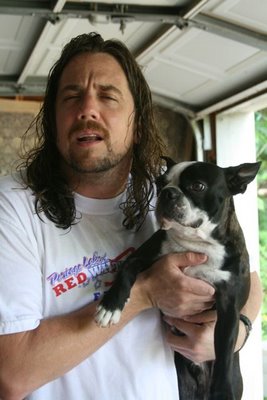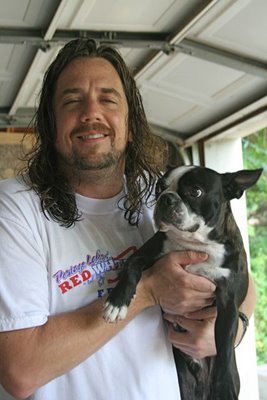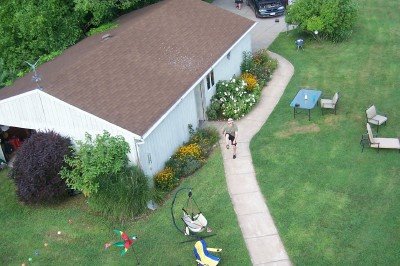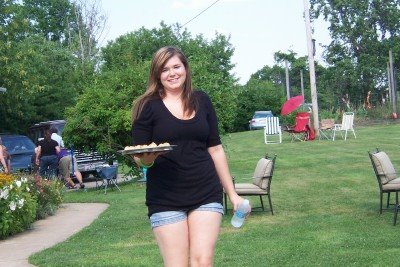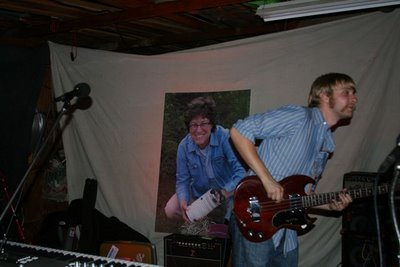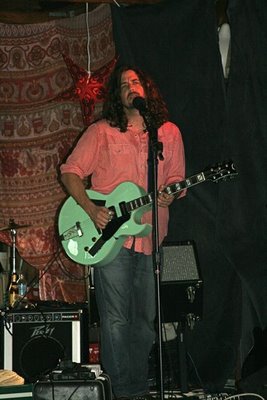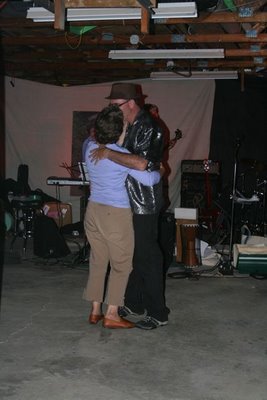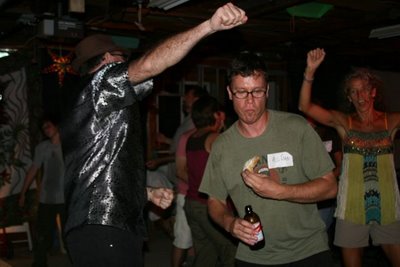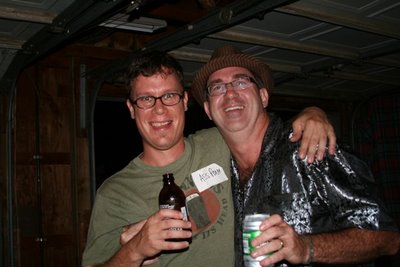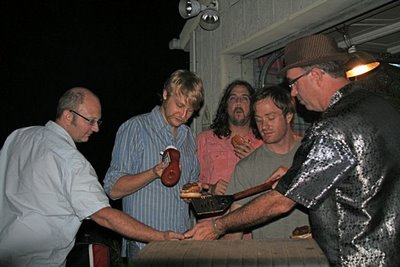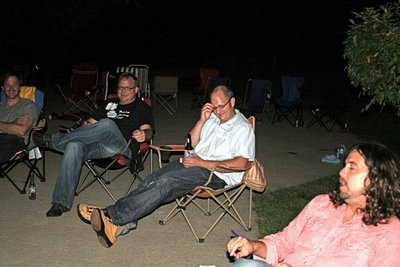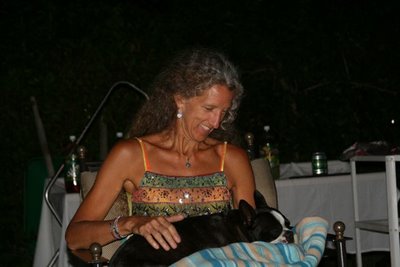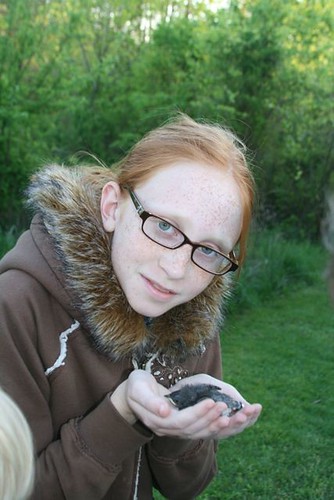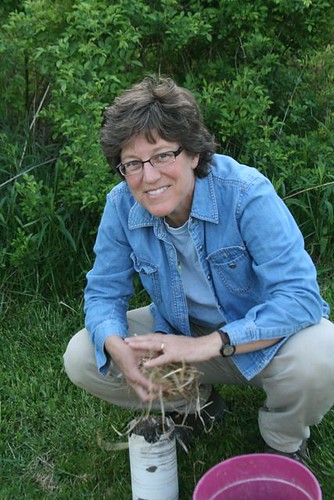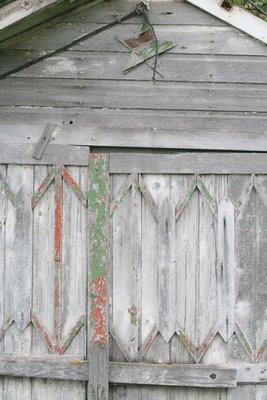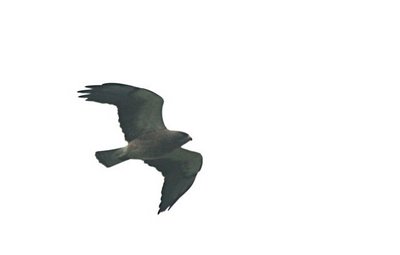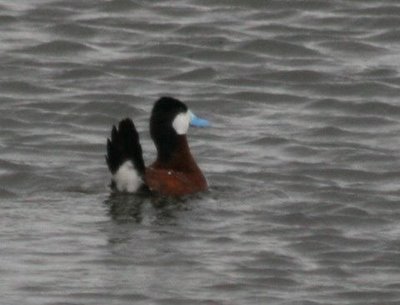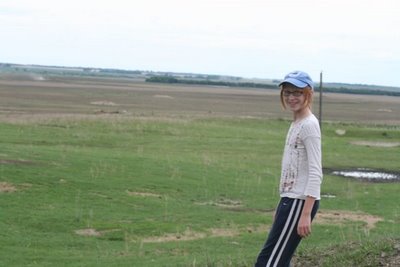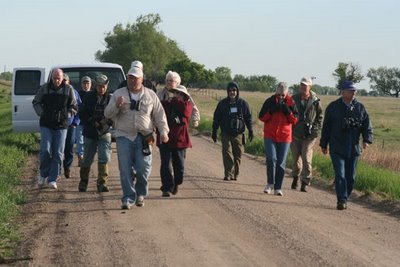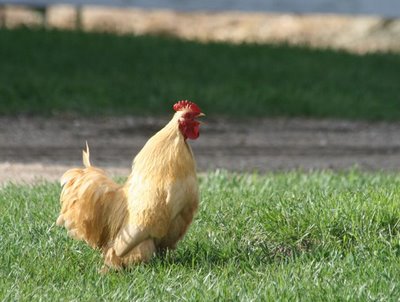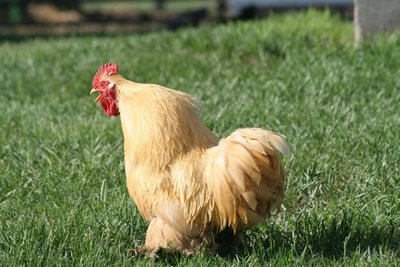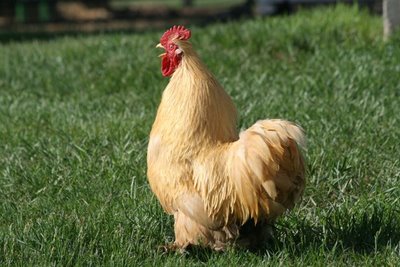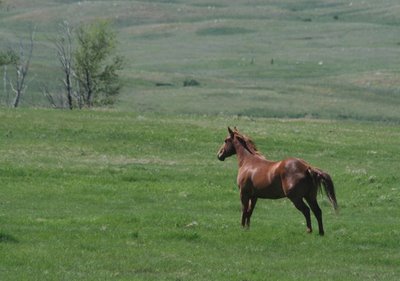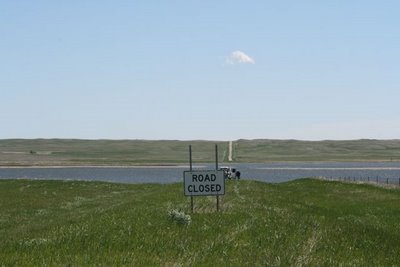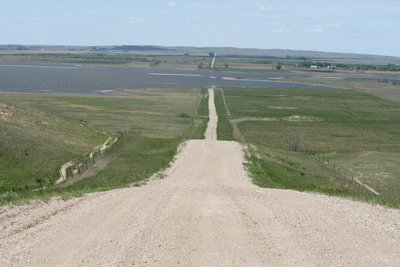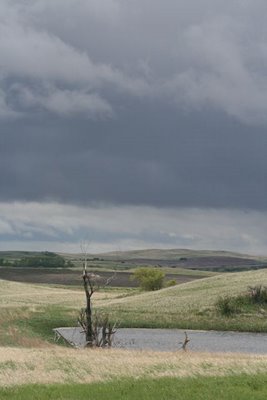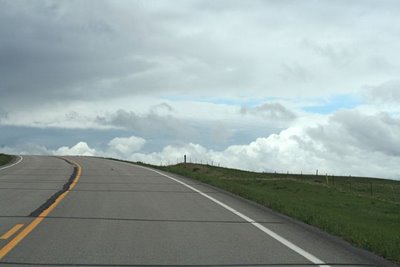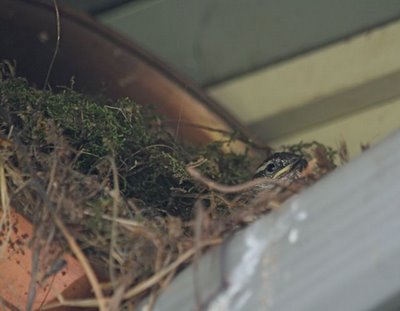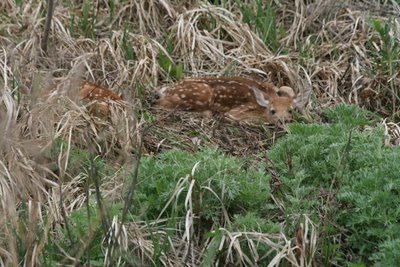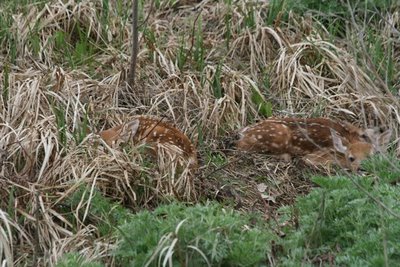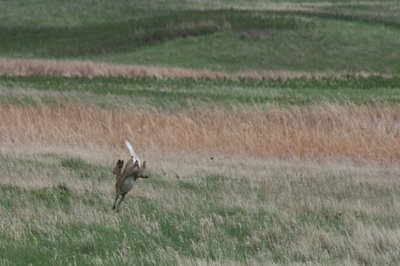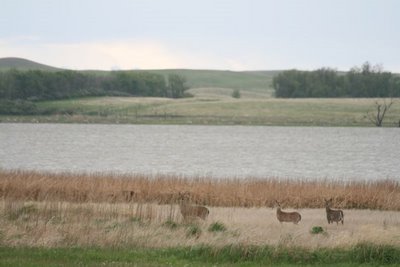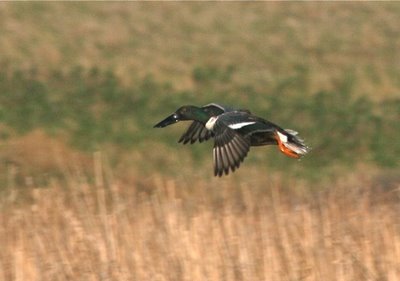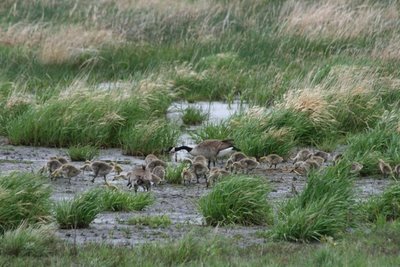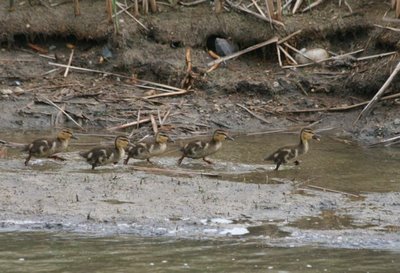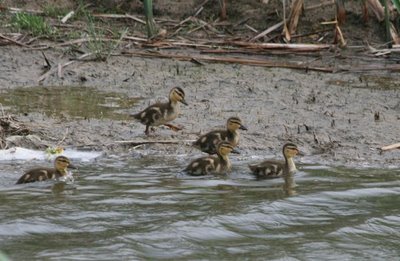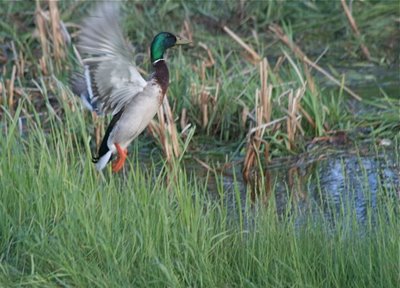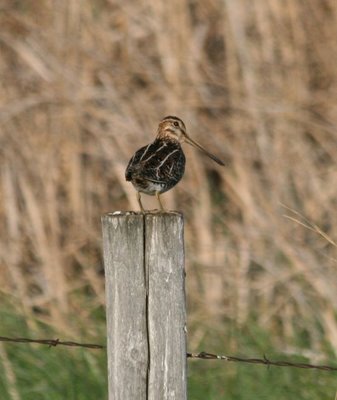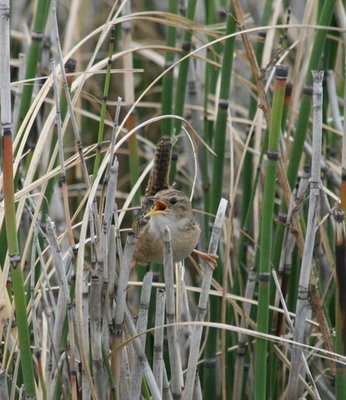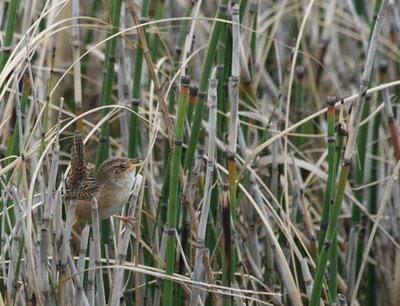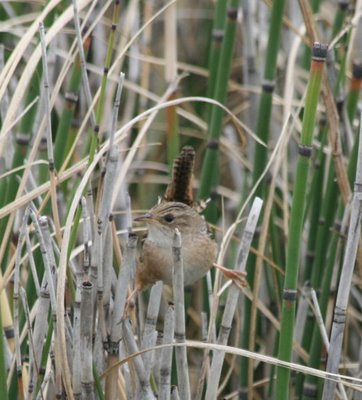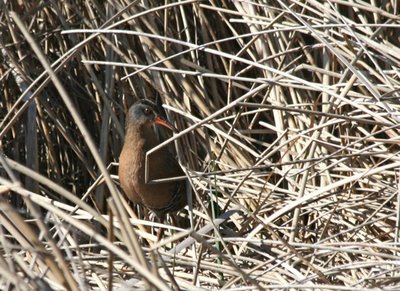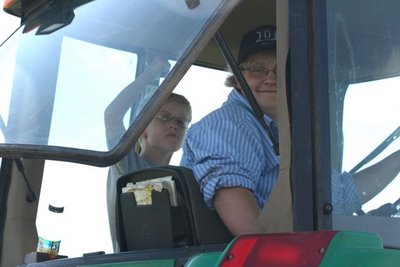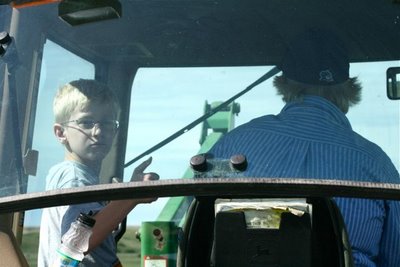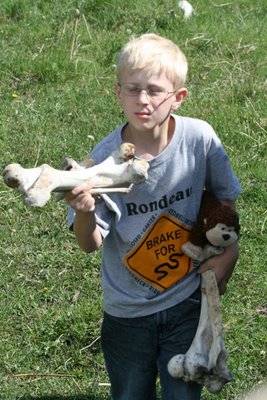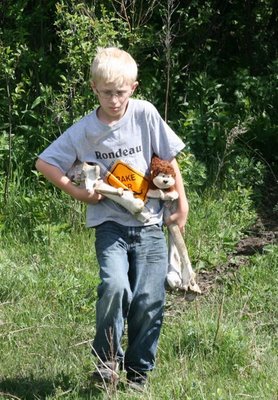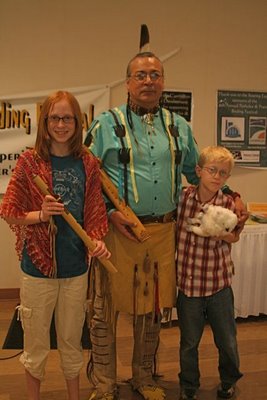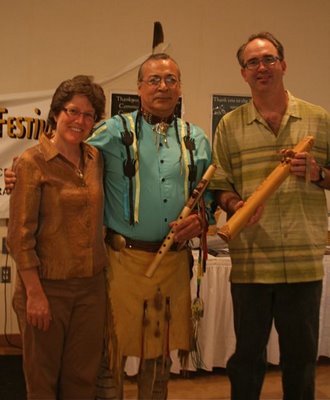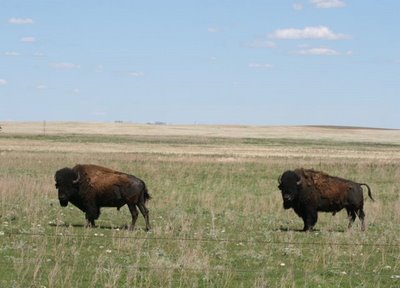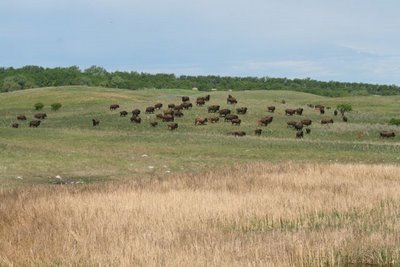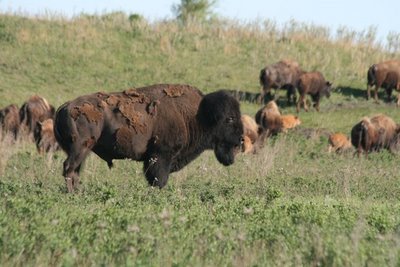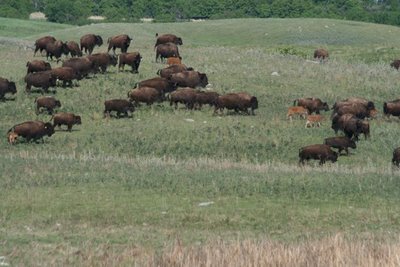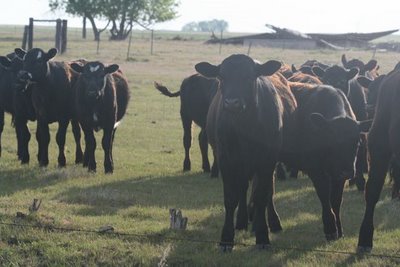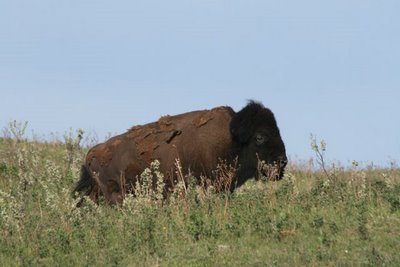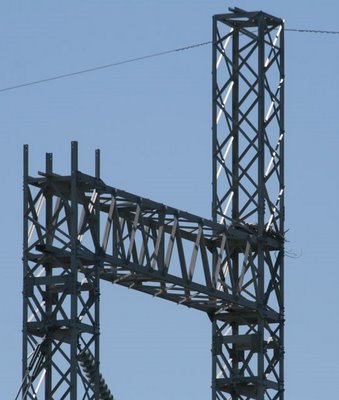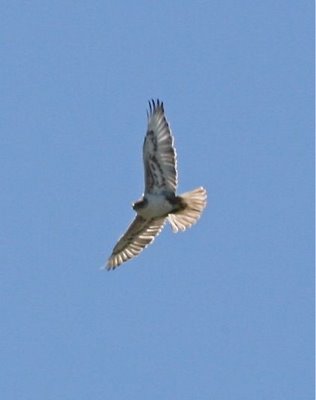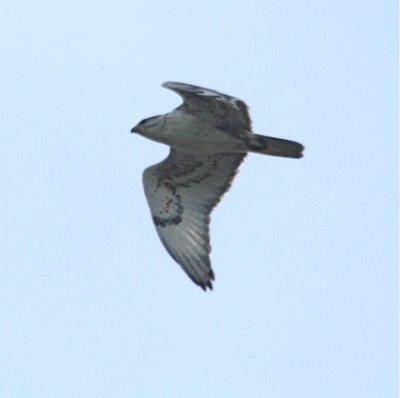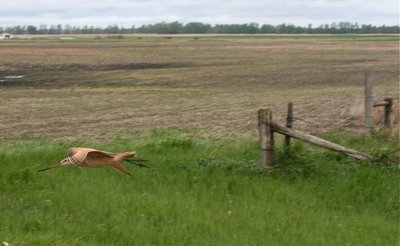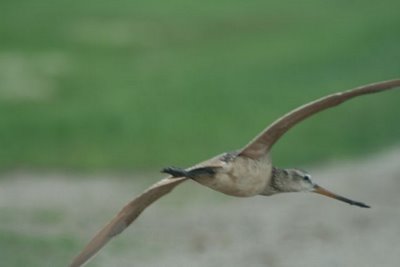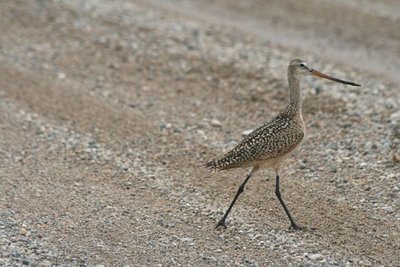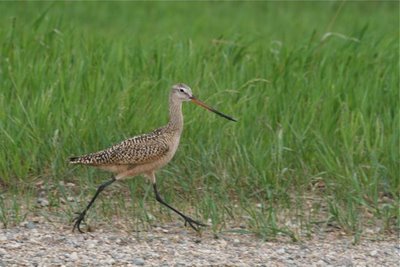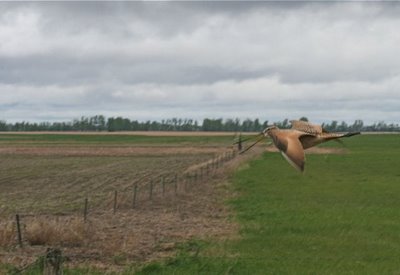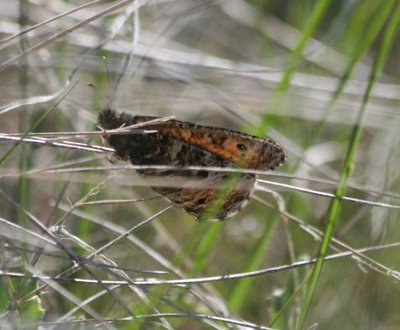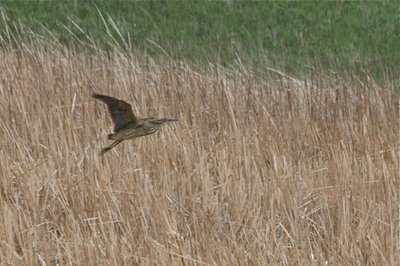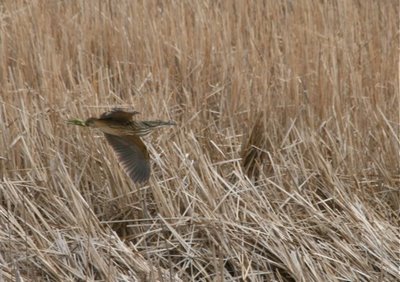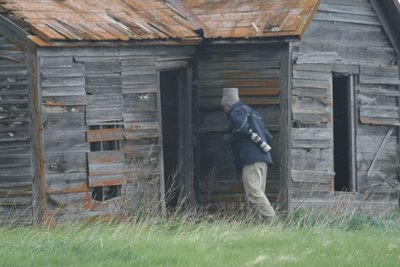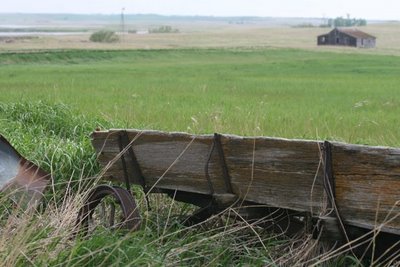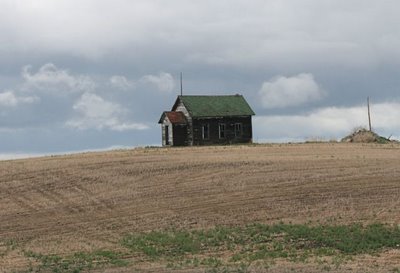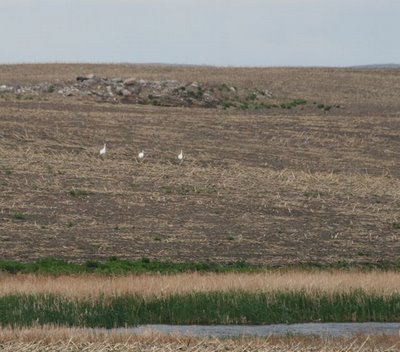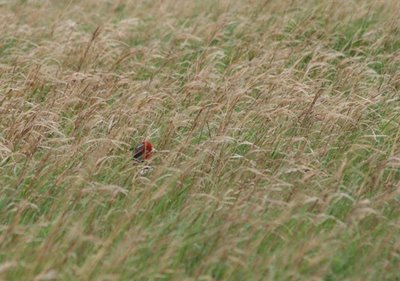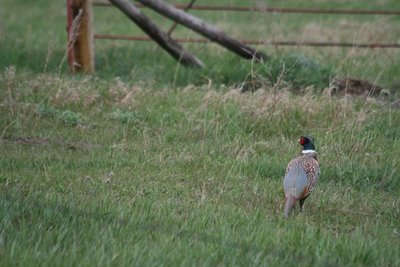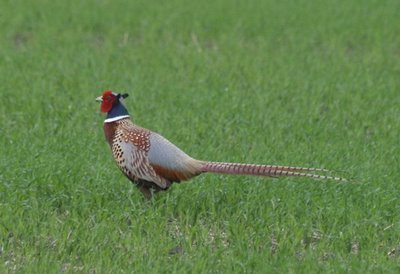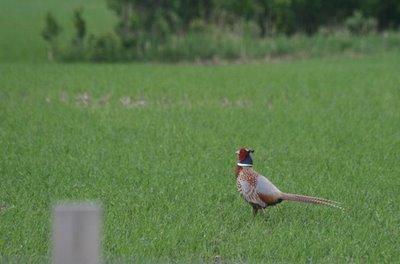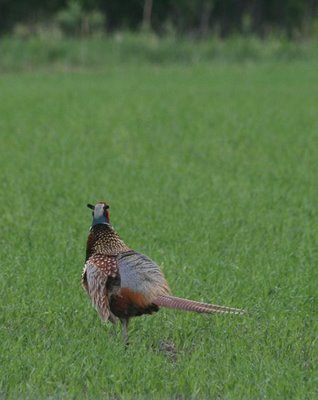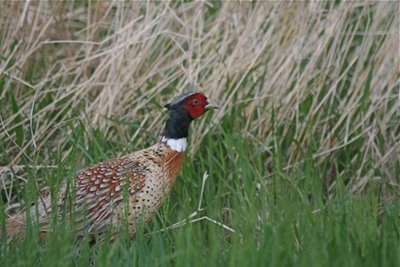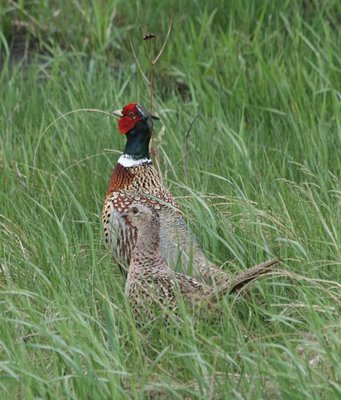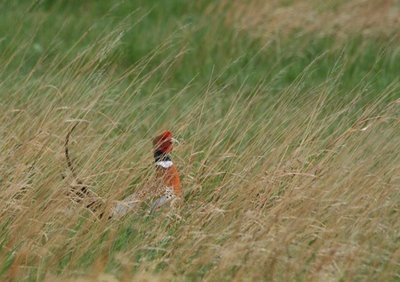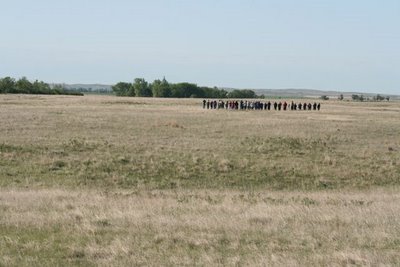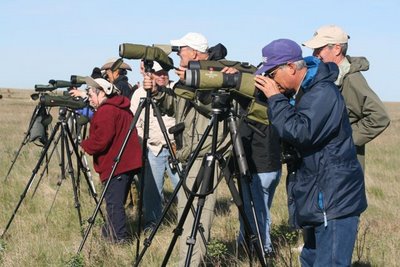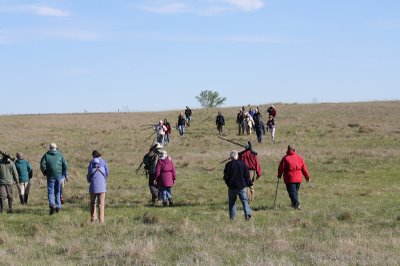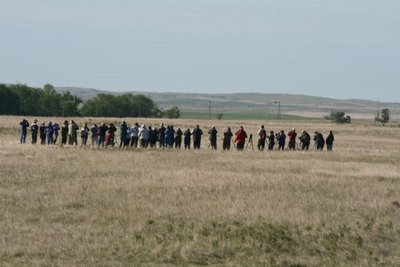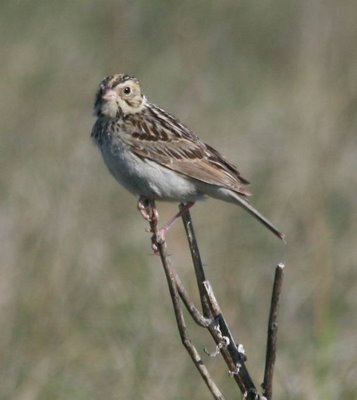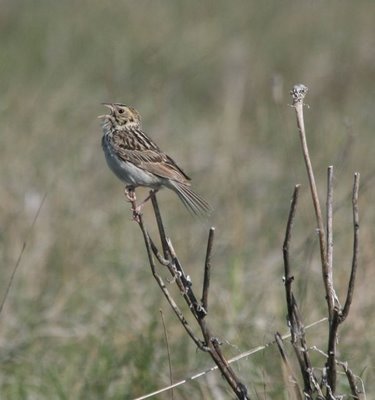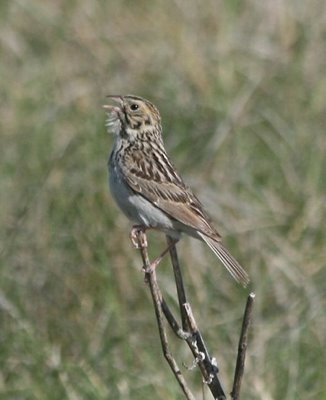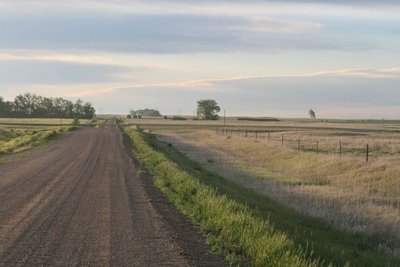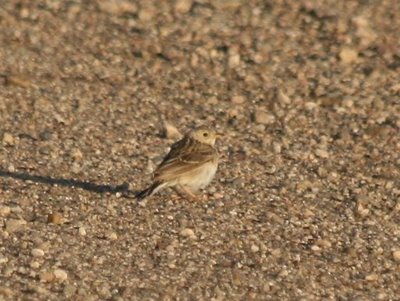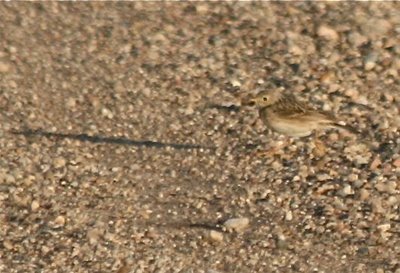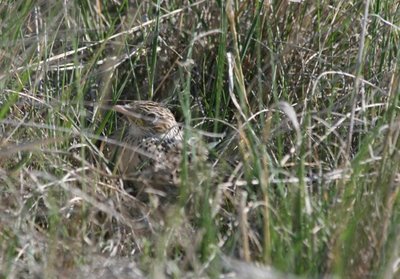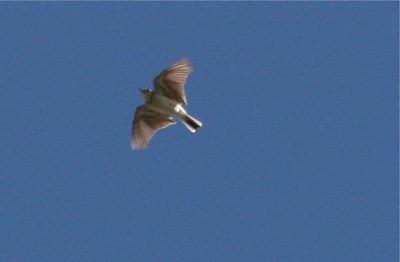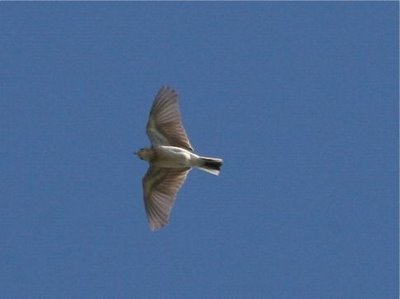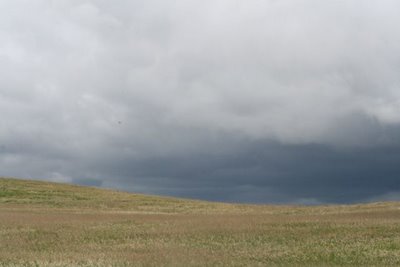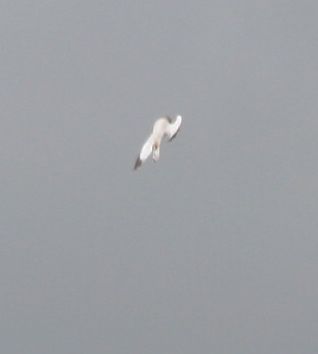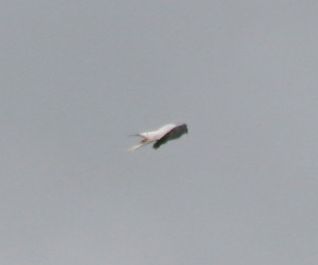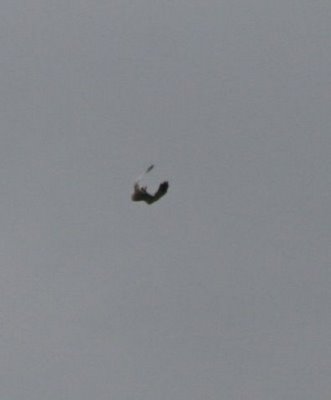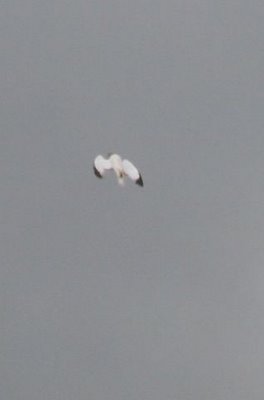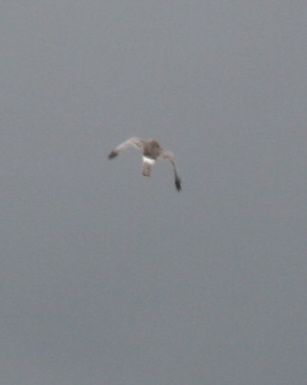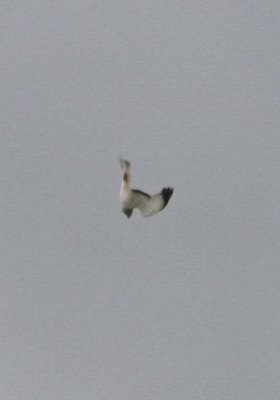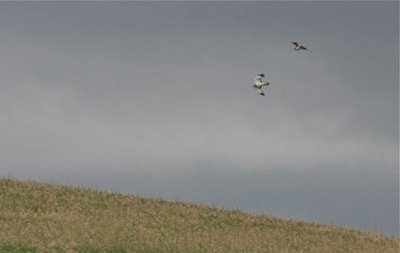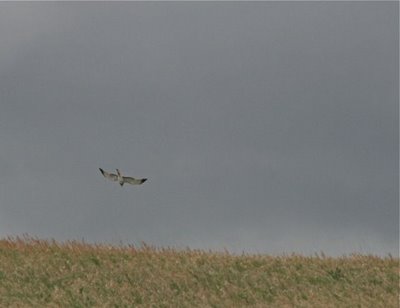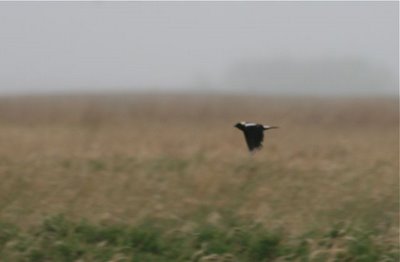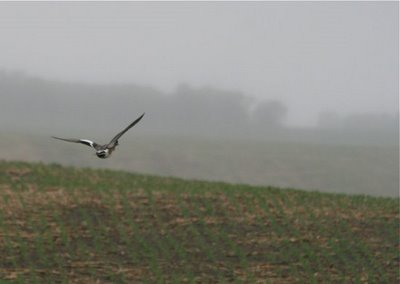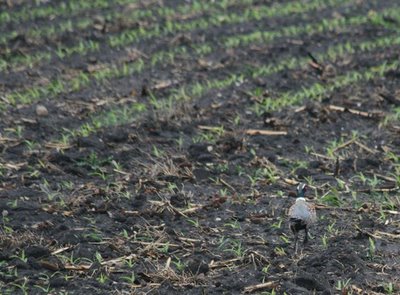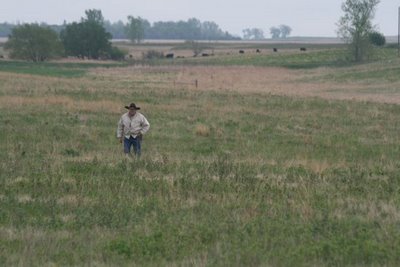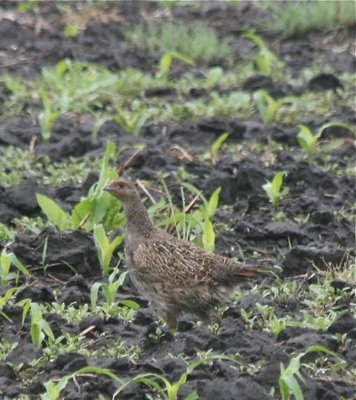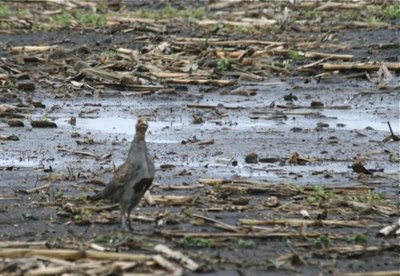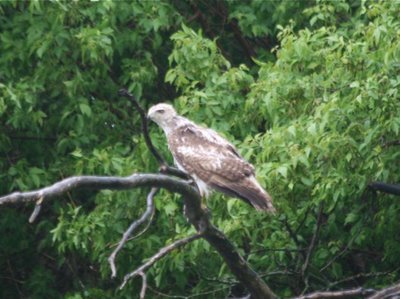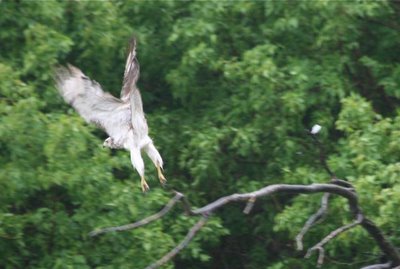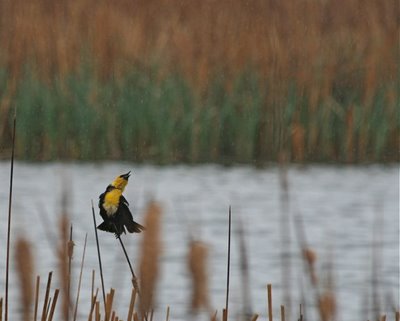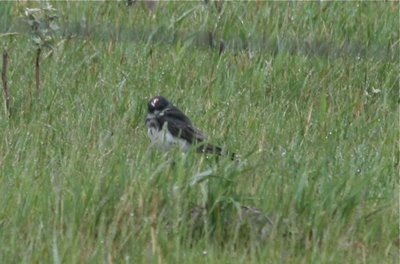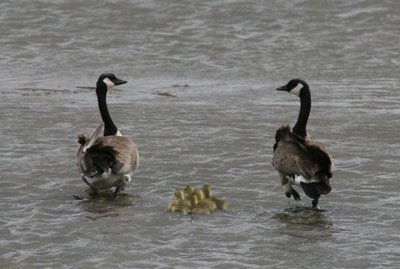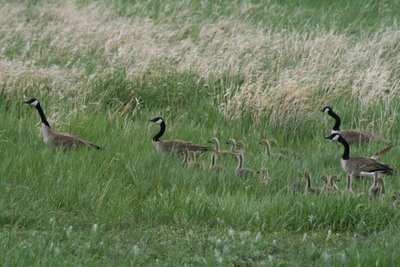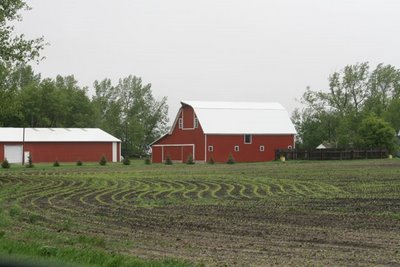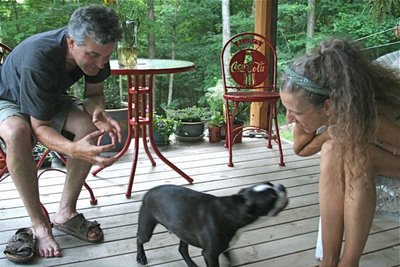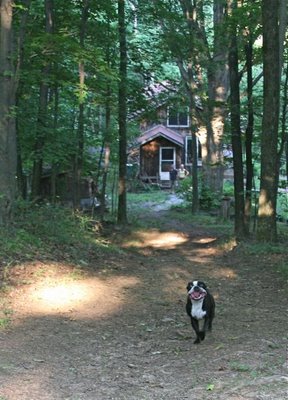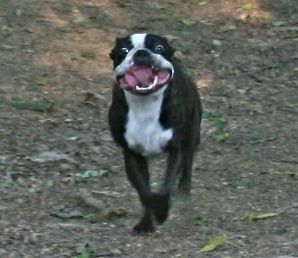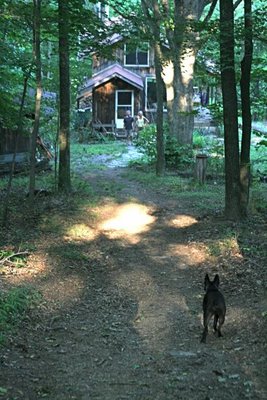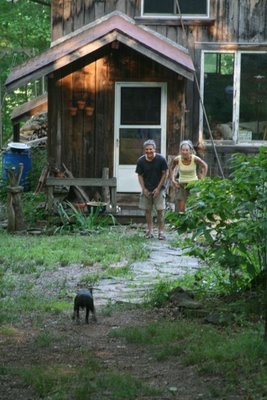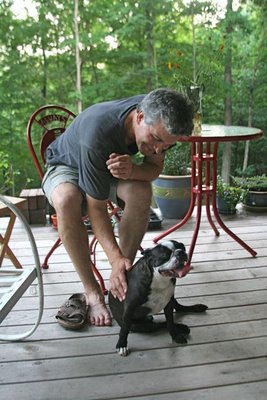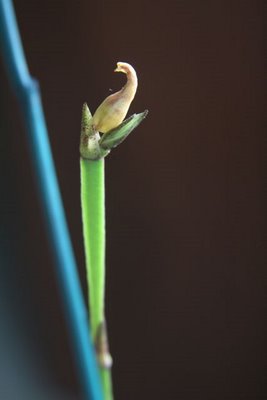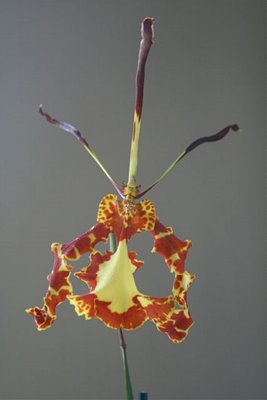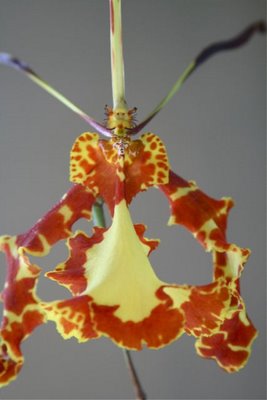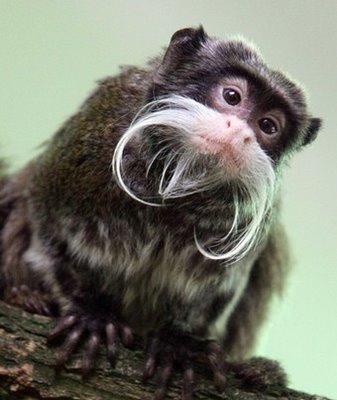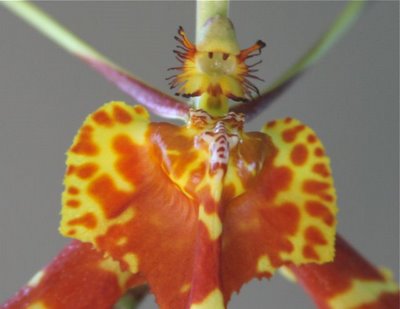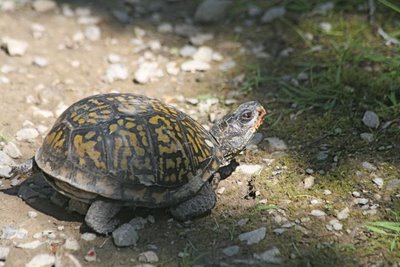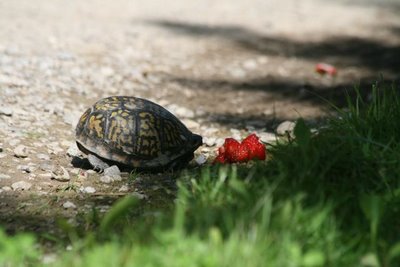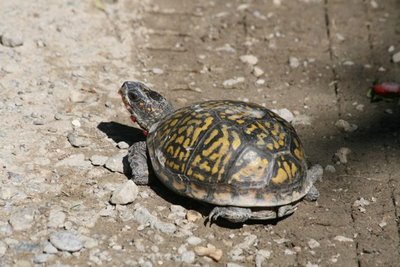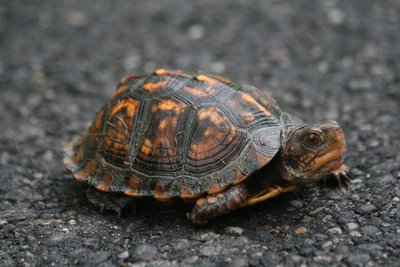The post to follow is my way of thanking you for indulging me with my self-indulgent, gloaty posts about my party. We only just disassembled the groaning boards in the kitchen and living room, after scraping the dishes and trying to find their rightful owners. There was precious little left. I did spend about four hours the day of the party making a delicious vegetable chowder. But there was no room for it on the table, so it sat on the stove, where it stayed as untouched as the driven snow. By midnight, I had transferred it to giant Tupperwares, but I left it out on the counter to cool. At 3:30 AM I came in to find the lids had popped off the Tupperwares, and the chowder was oozing down the cabinet faces, having fermented. Being greenish and full of chunkage, you can imagine what it looked like. Nice. In retrospect, shucking and cutting the corn off two dozen cobs, Cuisinarting six large zucchinis and four Vidalia onions, and making a four-hour vat of chowder was kind of like being sent off to boil water when the baby's coming. It kept me occupied and not fretting, and that, I suppose, is worth something.
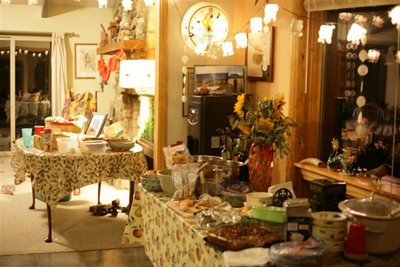
photo by Shila Wilson
As I think about the self-indulgence issue, though, you all go warned here. You're reading the blog of a Leo, and there's nothing Leos love more than to be queen for a day, if they swing that way.
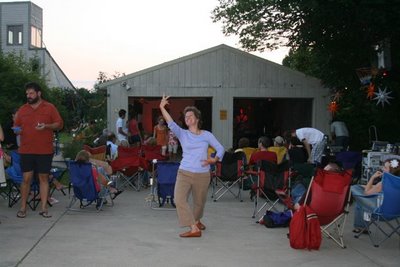
I forget who took this photo. Maybe Phoebe. But it is a perfect representation of how I felt to have Patrick playing in the garage (you can see him over my left shoulder, peeking out like Lincoln on the back of a penny), my friends hanging out grooving on the music and chowing on scallops and crabcakes, the weather smiling perfectly, and a night of revelry ahead of us.
Lights, in this picture and the food picture, by Jen, purveyor of good and beautiful things. Photo by Shila, ditto.
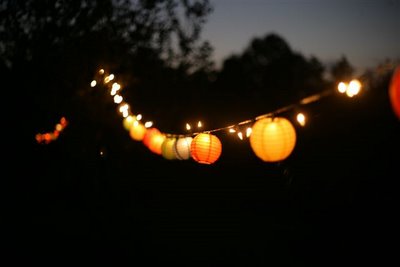
Thank you, sweet B, for a night against which all to follow will be measured.

(BOTB, here shown heading up the Orangs in his shiny shirt). Photo by Shila.
I’m sittin’ in a railway station
Got a ticket for my destination…
Yep, at it again, on the fly, and this time I was caught flat-footed by the party and guests and aftermath, such that I’m having to come up with a blog post each day. Oh, I don’t like being a grasshoppa. I have plenty of pictures but no time. But I do believe it’s time for a Chetfix, don’t you? Whoa. Take it easy, Chetfans. I can hear you yappin' all the way to Providence.
My dear friend Jen has been a fan of Chet Baker’s since day one, and when the time came for her sister to acquire a puppy, there could be only one destination:
Pups Will Travel, our source for all things black-and-white and googly-eyed. There are puppeh pix of Chet on that site, under Pictures, but the susceptible among you must beware the page titled, "Pups Looking for Families."
So Jen’s sister traveled over to eastern Pennsylvania from Columbus, and picked up little Booker T., continuing the tradition both of great Boston terriers named for musicians. Let’s see. We know a Jack Black, Ella Fitzgerald (Baker’s half-sister), Otis Redding, Chet Baker, and, stretching it a bit, we know a big brindle named Oscar, who might just be named for jazz great Oscar Peterson. I don’t think it is a coincidence that we name these dogs after people, or that they seem to beg for both a first and last name. They are something more than dog, something almost human.
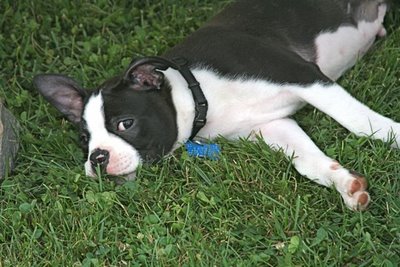
Booker T. is precious. He is just as cute as Chet Baker was, and that's saying something. At 11 weeks, he promises, like Chet, to be a dog of both size and substance. He’s got big paws and heavy legs and a gorgeous head. His marking are picture-perfect; he’s got the white tux, muzzle, belly, front legs and collar that people envision when they think of a Boston terrier. Time will tell if he gets spots all over his tuxedo the way Baker did. There are 38, but who’s counting? Phoebe is. At least somebody in our family has time to inventory Baker’s polka-dots.
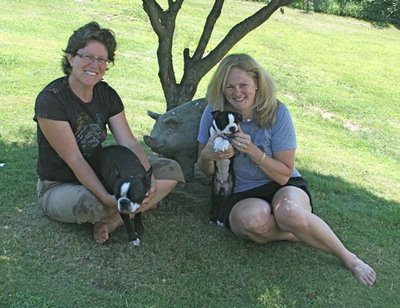
Photo by Phoebe Linnea Thompson
Zick: Baker, stay here, you little goofball. Jen: Ow ow ow ow ow takethepictureplease.
Please note Booker's pink belly meat. This is expressly for blowing raspberries, while keeping your cheek out of danger. It's an art that we fans of male dogs learn to perfect.
So on the day of my birthday party Jen came down with Booker T. so she could hang party lights and we could watch a little dog TV. Of course we had to pose with the animals. But mostly we watched them be Bostons.
Chet was delighted to have a pup around, with the caveat that he never, ever forget who is Numba One.
For his part, Booker must have been the alpha pup in his litter, as Chet was, because he’s like Texas toilet paper—he don’t take s--- off nobody. That said, he’s utterly sweet, while being assertive. And his ears both flop the same way. (I had to learn with Chet that Boston puppies have floppy ears until the cartilage hardens, and they get the classic bat-eared look).
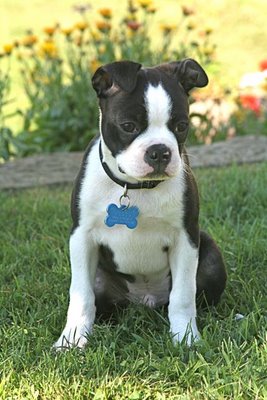
I would like to think that this is the definitive puppeh portrait of Booker T. If you want to know how to take a good picture of a Boston puppeh, you must get him all tuckered out first, preferably with another Boston, and then lie down on your belleh using a telephoto. Otherwise they will come romping up and lick your camera.
I was delighted that Chet enjoyed having Booker around, not least because, having lived with a Boston, I cannot imagine life without one, without the warm smell of popcorn paws and catfish breath in the morning, without the interludes of hilarity that have become necessary for me to carry on in this all-too unhilarious world. So when Chet reaches the appropriate point of dotage, I intend to call on his breeder Jane for an understudy, and this was a good test of how that scenario might pan out.
It was hilarious, and absolutely riveting, to watch Baker play with Booker. Keep-away is the Boston’s forte, and they played it tirelessly.
But Chet made it easy for Booker, deliberately passing the toy beneath the puppy’s nose, just begging him to grab it.
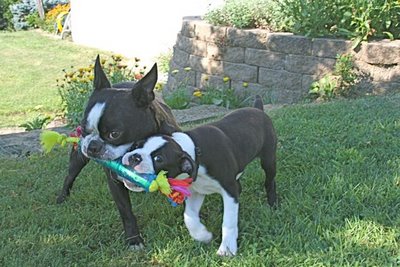
Here is one of Shila's photos of the pair at play. Booker has a long but straight tail, in contrast to Chet's screw tail. Lots of people ask if we have cropped Chet's ears and tail, and I tell them that he was born perfect.
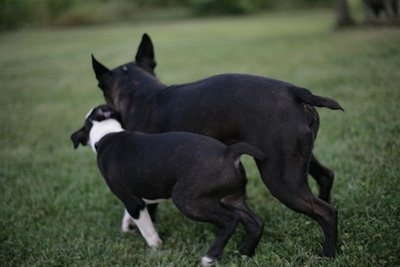
So was Booker.
Tomorrow, the Boston brothers will demonstrate how to destroy an indestructible dog toy.
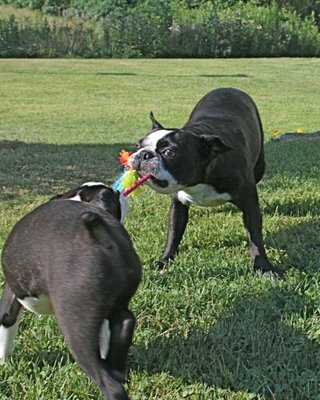
This is your Chetfix for July 30, 2008.
Labels: Booker T. the puppeh, Boston terrier, Chet Baker

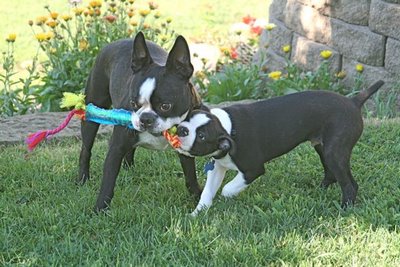
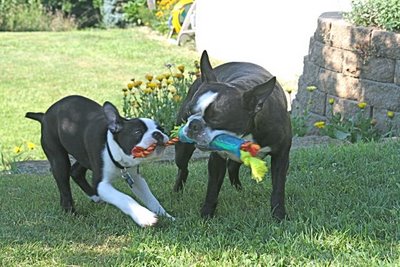 You are a pesky little puppeh. Here. Be of some use. I will hold this steady and you pull the ropes out of it.
You are a pesky little puppeh. Here. Be of some use. I will hold this steady and you pull the ropes out of it.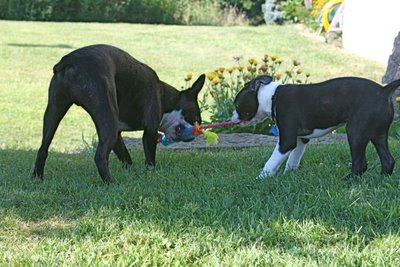 That is good. Keep pulling the orange rope. We must show Miss Lisa that there is no such thing as indestructible, or even durable, where Boston terriers and toys are concerned.
That is good. Keep pulling the orange rope. We must show Miss Lisa that there is no such thing as indestructible, or even durable, where Boston terriers and toys are concerned.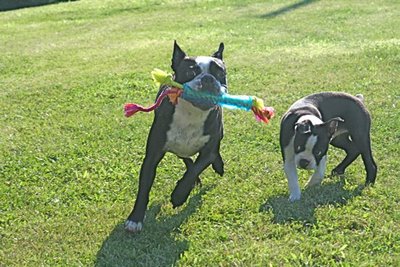 Although our main goal is to destroy it, they like it when we romp. Hear them laughing? So romp with me, pesky puppeh. Romp, romp, romp.
Although our main goal is to destroy it, they like it when we romp. Hear them laughing? So romp with me, pesky puppeh. Romp, romp, romp.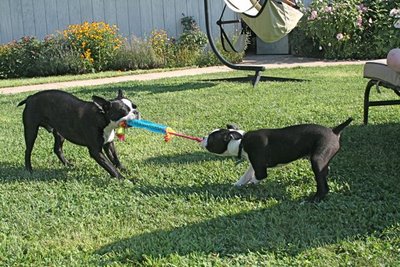 All right. It is time to go in for the kill. Pull! Once we get one rope out of it, the others will follow quickly. Next we will study Squeaker Removal. I am the champion at that. Mffft!
All right. It is time to go in for the kill. Pull! Once we get one rope out of it, the others will follow quickly. Next we will study Squeaker Removal. I am the champion at that. Mffft!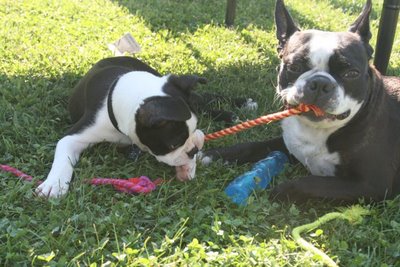 Here's the thing. The toys are not quite as fun with no innards. They need to bring us another toy, soon.
Here's the thing. The toys are not quite as fun with no innards. They need to bring us another toy, soon.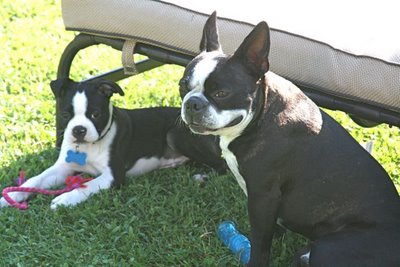 I am actually rather tired. Aren't you, puppeh boy? You know, I could get used to having you around, even though you are pesky and your teeth are too sharp. I might even miss you a little bit when Miss Jennifer takes you back home. Hummm.
I am actually rather tired. Aren't you, puppeh boy? You know, I could get used to having you around, even though you are pesky and your teeth are too sharp. I might even miss you a little bit when Miss Jennifer takes you back home. Hummm.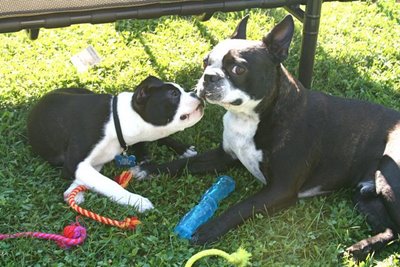 I did not just say that. Mether. He is not staying here, is he? I am still your only dog, right? You love me the best. Right?
I did not just say that. Mether. He is not staying here, is he? I am still your only dog, right? You love me the best. Right?